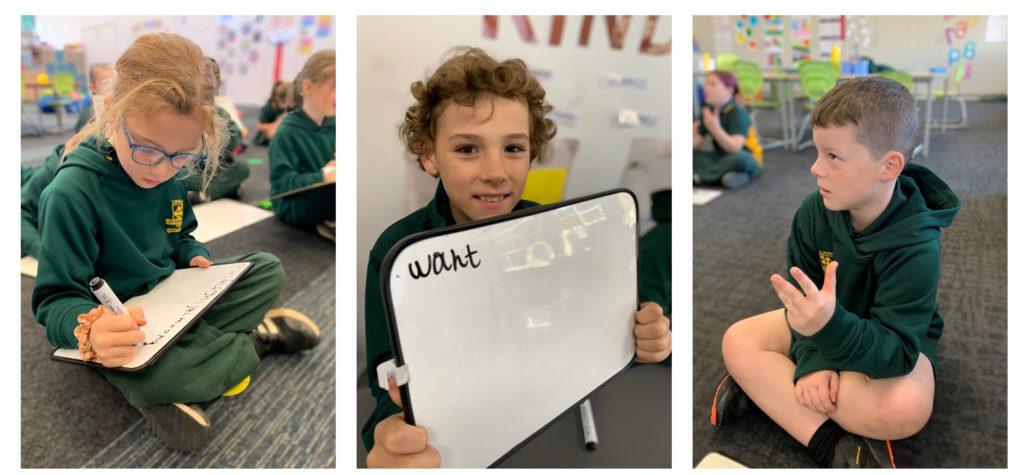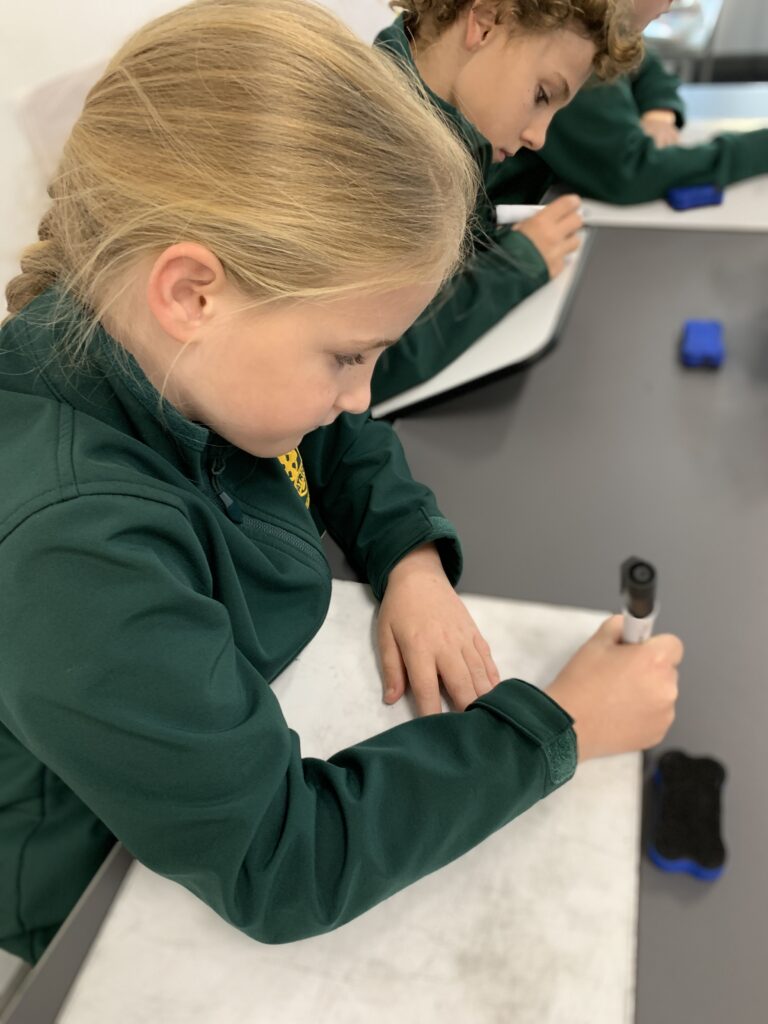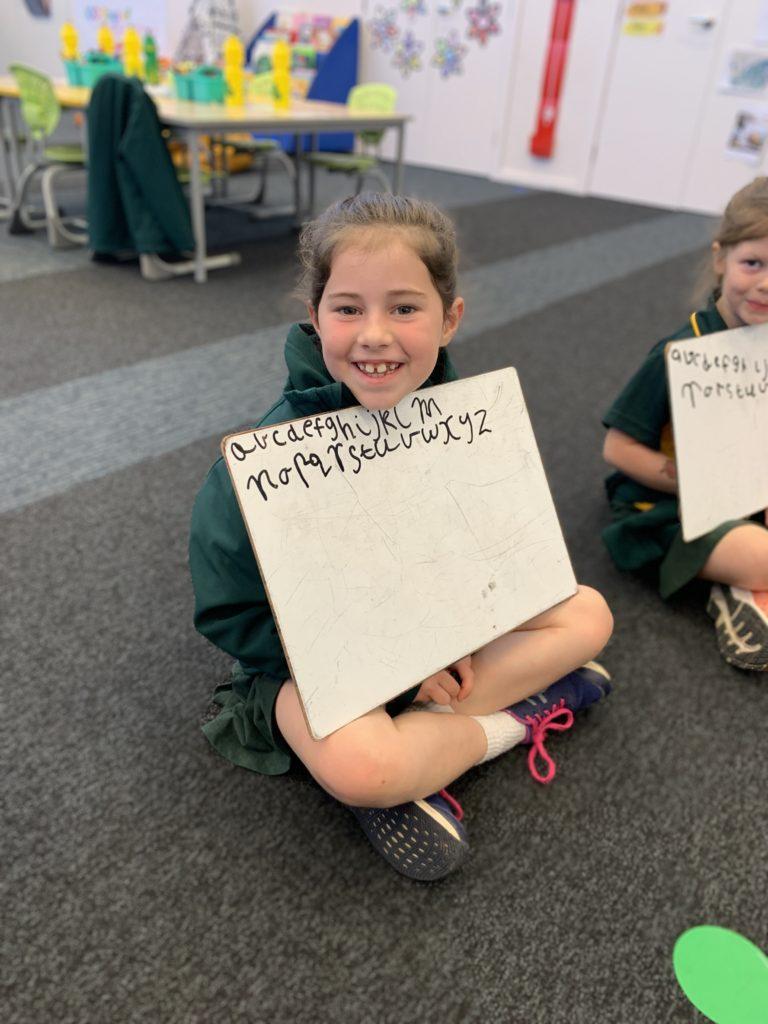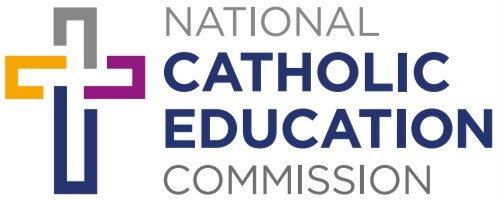Building teacher capacity and improving literacy skills for
early years students
Introduction
The Phonics Targeted Assistance Program (TAP) was offered to 100 low-ICSEA Australian schools in 2021 and 2022 to improve literacy outcomes for early years’ students. St Patrick’s Primary School Tongala was one of these schools.
The Phonics TAP, funded by the Australian Government Department of Education and managed by Education Services Australia (ESA), supports schools to implement evidence-based literacy practices (including systematic synthetic phonics and explicit instruction) to improve literacy outcomes for Foundation to Year 2 students.
St Patrick’s Principal Jackie Stockdale accepted the invitation to join the program in 2021.
Challenges
“When we first joined, we weren’t sure what to expect, Jackie said. We were mindful of our teachers’ capacity to take in this information and implement it. While we were keen to improve literacy outcomes, we knew it wouldn’t be easy.”
Jackie said staff needed to be open to new learning and willing to make changes to their literacy teaching.
“Change on this scale can feel overwhelming, especially when working in a small school with a high number of students with special needs. We knew these changes would need to be manageable and consistent throughout the school and parents would need to be educated and brought along for the journey.”
Getting started
Being involved in the Phonics TAP was the spark for change St Patrick’s needed.
ESA Literacy Hub and Year 1 Phonics Check program director Amanda Coleiro said, “The Phonics TAP provided the school with access to professional learning, teacher resources and individual coaching support. This support was put in place to help the school implement evidence-based literacy practices including explicit instruction and systematic synthetic phonics.”
Amanda said that from the start of the program, the staff at St Patrick’s were highly engaged and open to working with their ESA literacy coach, Stephanie Murphy. “They had an appetite for school improvement and were invested in building teacher capacity, knowledge and skills across the school.”
Jackie said that being a small school and having all staff involved, it was important to take small steps initially. “When we first started, Stephanie was very understanding that we were not in a position to throw out everything that we were already doing. To begin with, it was important that we built up our knowledge around phonics and the way children learn to read.”

Building knowledge
The school team had whole-day professional learning sessions with their coach on understanding the evidence behind best-practice literacy instruction. They also completed the La Trobe University Science of Language and Reading – An Introduction course.
Equipped with new knowledge and an understanding of the latest evidence-based information about how children learn to read, the staff at St Patrick’s reflect on their practice.
“The Phonics TAP changed our teachers’ thinking, as we had to reconsider how we teach reading – especially as we had taught our students and families to look at the picture and ask questions like ‘does it make sense?’” – Lauren Bennett (Foundation literacy teacher).
We had to do a lot of work as a whole staff to ensure that we were all on the same page about how kids learn to read. It made us really think about what skills support students to become successful and fluent readers.” – Stephanie Hayes (Year 1-2 literacy teacher).
Implementation
The team worked with their coach to implement their learning through a staged approach to changing practice. This included fortnightly meetings to embed practice change, modelled lessons, lesson observations with feedback, and developing consistent planning procedures and a consistent instructional model for literacy across Foundation to Year 2.
The result was best-practice literacy teaching and consistency across classes.
With these changes in place, the staff looked at ways to monitor students’ progress and adopt assessment tools that aligned with their instruction. They used these tools to collect and analyse data, so that targeted instruction could be planned to meet individual students’ needs, while using the same instructional model for all students.
Results
“Our school has made significant gains over the last three years through dedication, hard work and a willingness to change their practice,” Jackie said.
“We have made immense progress with consistency of teaching practice, developing reading and phonics skills with our students coming into Foundation and carrying through to Grade 6, creating a new literacy scope and sequence, being reflective of our old literacy program and implementing a new literacy program to students, parents and teachers.”


The schools’ achievements and teacher reflections include:
- Adopting a whole-school approach to literacy
“Prior to our time with Phonics TAP, there was some consistency, but each class was doing a different thing. Now, the science of reading knowledge has been embedded and we have consistency across all classes. It provides our students with routine and a continuation when moving from year level to year level.”
- Providing a stronger reading foundation for students
“By learning how to decode words based on their phonetic components, our students became more proficient readers and have been better equipped to understand and comprehend texts.”
- Identifying opportunities for early intervention
“Following this model of teaching reading and phonics, we have been able to identify which students require early intervention and on what areas of the literacy curriculum and then enact an intervention plan that will best allow for students growth.”
- Increased professional development opportunities for staff
“There is so much PD available based around targeted assistance phonics and our staff are able to continue learning and growing their practice together. It is also helpful when we have new staff join our team and they need to learn how and why we use this model in our literacy block and then implement it themselves with the support of our team.”
Next steps
Since the Phonics TAP concluded in 2022, St Patrick’s has been able to sustain and grow their practice.
“We have developed our consistency of practice for teachers by doing more whole-school PD about phonics and the Science of Reading,” Jackie said.
“We have been able to sustain our daily reviews, independent practice lessons, phonological awareness program (Heggerty) and ensure that we are targeting all areas of the ‘BIG 6’ in our literacy sessions.”
Ongoing resources
In 2023, the Phonics TAP was converted from a bespoke program available to a small number of schools into online professional learning available for free to all Australian schools.
Amanda Coleiro said the professional learning has seven topics, each with professional readings, teacher resources and coaching webinars to support schools to implement each component. “The St Patrick’s story is a positive model for change for other schools looking to implement evidence-based literacy practices,” Amanda said.
Further information
For those who wish to learn more about the St Patrick’s School program please contact principal Jackie Stockdale via the school’s website.
Images: Students from St Patrick’s Tongala.
